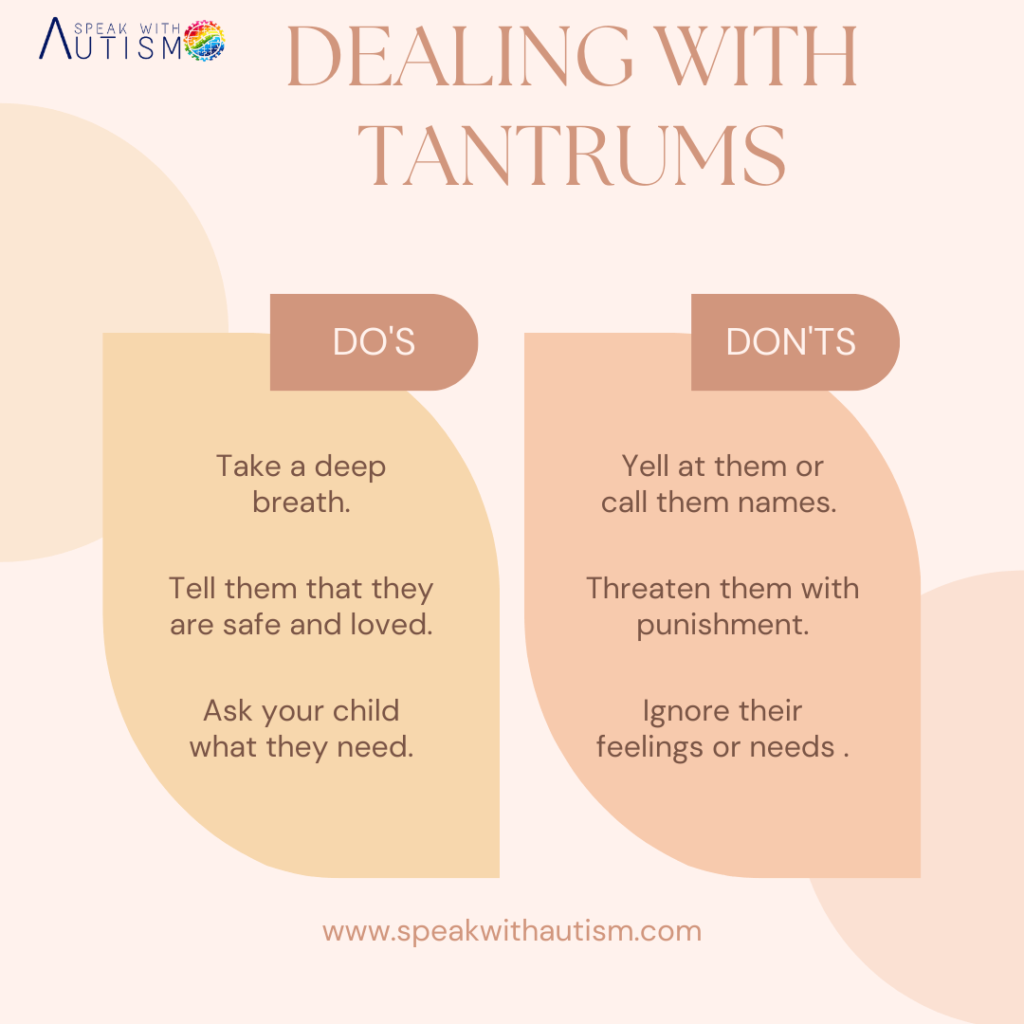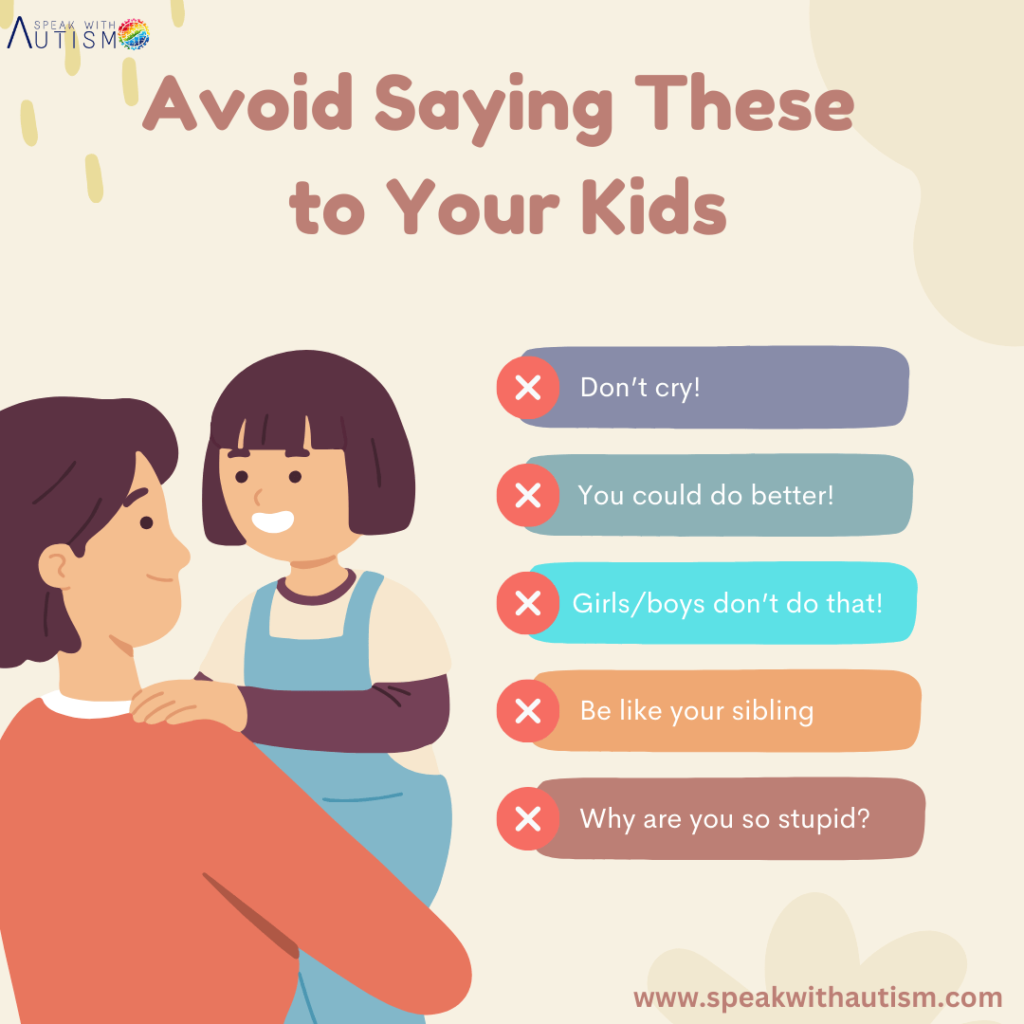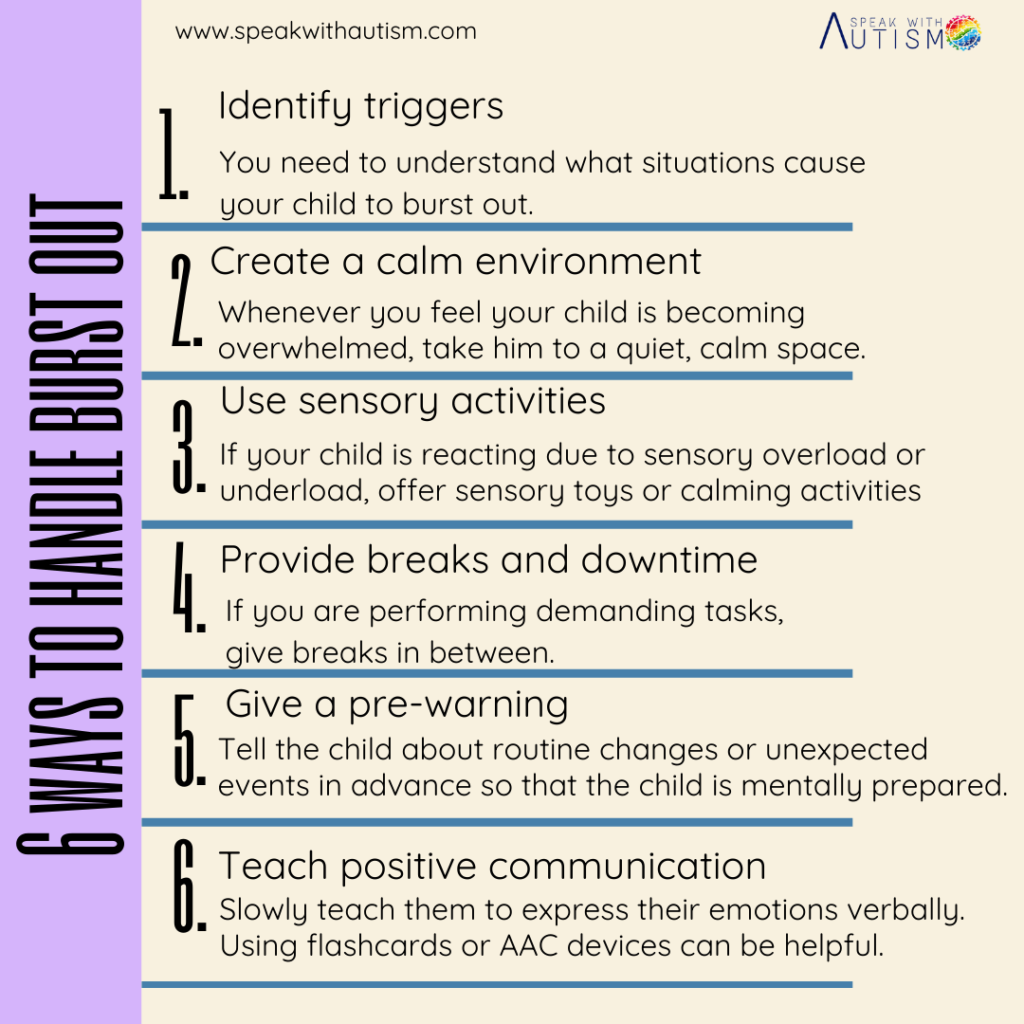Meltdown and Tantrum are common challenges during autism, but it is essential to understand the difference between the two. Different strategies are needed for both, and if they are mishandled, the child’s behavior can become more complex. A common complaint is that their child behaves well throughout the day but becomes overwhelmed when asked to sit for a study session. The child may exhibit sudden outbursts, making it hard to engage them in tasks. Parents often feel helpless, trying to manage the situation without success.
Table of Contents
Difference between Meltdown and Tantrum:
To understand and manage your child better, it’s essential to distinguish between behaviors and meltdowns. Many parents are already aware of basic autism-related strategies like fine motor skill activities, speech therapy, gross motor exercises, etc., and they implement these successfully. However, understanding meltdowns and their triggers requires a deeper understanding of autism.

When you learn to identify whether your child is exhibiting a behavior or having a meltdown, you’ll better understand their needs. This improves your relationship with your child, building trust and understanding. A meltdown is not within the child’s control and often stems from sensory overload. In contrast, behaviors are intentional acts driven by specific desires.
Tantrum
- A specific thing is needed (like a mobile).
- The child knows that if he cries or shouts, then his demand can be fulfilled.
- Self-control is lost (head-banging or self-harm on the sofa or a soft surface).
- The tantrum ends when the demand is met.
- tantrums require ignoring and teaching
Meltdown
- Occurs due to sensory overload.
- The child’s behavior is not under their control (self-injury, loud noises, flapping).
- The meltdown continues until the sensory input is removed.
- The meltdown does not stop even after the demand is met.
- meltdowns need calming and sensory regulation
Symptoms and Triggers of Meltdown
Recognizing early signs of a meltdown can help you intervene before it escalates. Common warning signs include:
- Nail-biting, teeth grinding, loud flapping, or unusual noises can be signs of the onset of a meltdown.
- Triggers: Excessive noise, bright lights, crowded environment, strong smells, or visual clutter.
When you notice these signs
- Remove the child from the triggering environment.
- Address the sensory input causing the distress.
- Environmental changes before meltdown start or the child begins to irritate.
Meltdowns can occur at home or in public due to
- Overwhelming noises or smells
- Crowded spaces
- Visual clutter (e.g., too many items scattered around the home)
- Bright or flickering lights
- Keep your home environment clean and organized to minimize sensory overload. Avoid using strong-smelling products or excessive decorations.
Meltdowns at School or During Homework
Children may also experience meltdowns during school or homework due to:
- Overwhelming visual or auditory input in the classroom.
- Poor organization or difficulty understanding tasks.
- Low sitting tolerance.
To address this:
- Work with teachers to create a sensory-friendly environment.
- Introduce tasks step-by-step, starting with easier activities to build tolerance.
- Gradually work on reducing hyperactivity before focusing on academic tasks.
Ways to Handle Tantrums and Meltdowns in Autism
For tantrum
- Ignore the child’s demands.
- Do not give visual, verbal, or physical attention.
- When the tantrum is over, calmly explain to them that they need to put their point across in a simple way.
For meltdown
- Take the child to a calm and safe environment.
- Give a soothing thing (toy, pillow that child likes to play) or a calming hug.
- Do not make any demands and do not talk to them.
- Identify the trigger of their sensory overload and avoid it in the future.
Preventive Measures:

- Make the home environment sensory-friendly (less light, noise and clutter).
- Use noise-cancelling headphones.
- Gradually prepare the child for large gatherings or functions (e.g. familiarizing with music and smells).
- For school, communicate with teachers and staff and ensure a calm setup.
Puberty and Burst out:
Some neurodiverse children experience burst out after puberty. This may be a response to the pressure of prolonged adaptation. In burst out, children speak less, avoid interactions, and move to their comfort zone. During this time:
- Do not put pressure on them.
- Support them emotionally and give them their space.
- Gradually try to bring back their confidence and engagement.

Conclusion : Meltdown and Tantrum
Understanding and effectively handling meltdowns and tantrums is a parent’s biggest responsibility. Each child is different, and we need patience and understanding to their sensory needs. Understanding the difference between tantrums and meltdowns is vital for managing your child’s behavior effectively. While tantrums require ignoring and teaching, meltdowns need calming and sensory regulation. With patience and the right strategies, you can reduce the frequency of meltdowns and help your child thrive.
Frequently Asked Questions
What Is a Meltdown?
A meltdown is a response to sensory overload. It occurs when a child is overwhelmed by stimuli like loud noises, bright lights, or chaotic environments. During a meltdown, the child is unable to process their surroundings effectively. They might display behaviors like screaming, jumping, hand-flapping, or self-injury, such as head-banging or scratching. Unlike tantrums, meltdowns cannot be stopped by giving the child what they want because the issue isn’t desire—it’s overstimulation.
What Is a Tantrum?
A tantrum is an intentional behavior driven by a specific desire, such as wanting a toy or a mobile phone. During a tantrum, the child may cry, scream, or even hit. Unlike a meltdown, the child retains their cognitive abilities and often avoids self-injury. For example, they may head-bang softly on a sofa but avoid hard surfaces.
What is Burst out?
Burst out means when a child or person suddenly expresses his or her emotions or feelings forcefully, such as screaming, crying, or displaying aggressive behavior. In the context of autism, outbursts are quite common and occur when the child is unable to control his or her emotions or is reacting to sensory or emotional overload.
